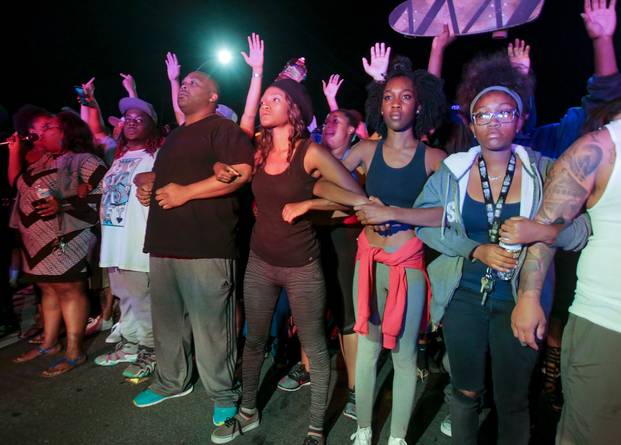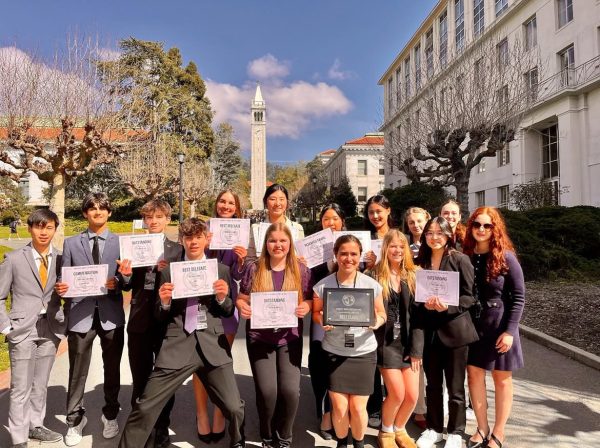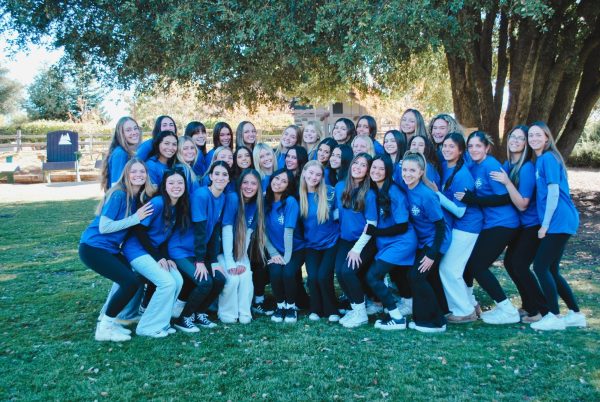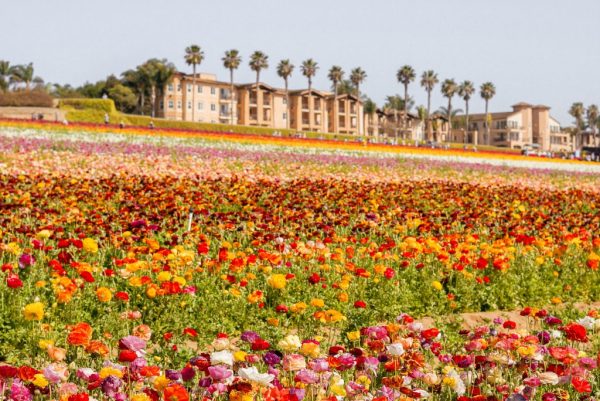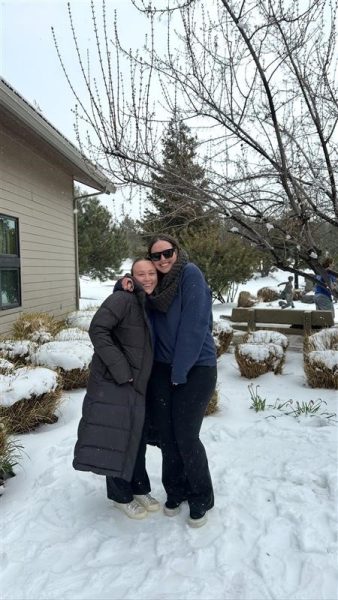No peace in El Cajon
Unrest in El Cajon, San Diego follows shooting of unarmed black man called Alfred Olango
El Cajon police shot and killed an unarmed black man, Alfred Olango, on Tuesday Sept. 27. Public anger arose from this statistic: Olango was the 176th black man shot by a police officer in 2016. Following the shooting, protestors demanded videos of the shooting to be released to settle justice for Olango.
The day after the shooting, protestors blocked freeway traffic by standing at its exit. While the crowd was loud, the protests remained nonviolent.
“It’s their First Amendment right,” said El Cajon mayor Bill Wells, in a CNN interview. “I understand that they don’t feel heard. I understand that they want more information.”
However, two days after the shooting the protests turned violent. During a protest people threw glass bottles and bricks at officers and assaulted an innocent civilian. Olango’ s mother, Pamela Benge, called for nonviolence in response.
“I am always for peace,” Benge said. “I don’t want a war.”
After three nights of protests, the El Cajon Police Department released video footage of the shooting to appease protestors.
“[The video was released] in the interest of transparency, to keep folks calm and protected here in El Cajon,” said San Diego County Dist. Atty. Bonnie Dumanis, in a LA Times interview.
In one of the videos released from a security camera, Olango is seen walking back and forth through a parking lot as police officer Richard Gonsalves approaches him. When Officer McDaniel arrives they both move towards Olango. Olango then suddenly raises his arms and points his hands, which are holding an unknown object, towards Gonsalves in a “shooting stance”. As McDaniel fires his Taser, four shots can be heard from Gonsalves’ gun, killing Olango. It was later discovered that Olango was holding a 4 inch vaping pen.
The officers responded to a 911 call made by a woman who claims to be Olango’s sister. On the call she describes her brother as “not acting like himself” and that he was unarmed and mentally ill. Later, Olango’s mother corrected the woman’s claim instead saying he was distressed after hearing about the death of his best friend.
“He was going through a mental breakdown,” Benge told CNN. “He lost someone dearly. [The] mental breakdown was not easy to control, [and] he needed someone to calm him down.”
According to Time Magazine, many police experts have called into question the way the El Cajon Police Department handled the 911 call about someone supposedly mentally ill, regardless of whether Olango was mentally ill or not. The Washington Post calculates that mental health plays a role in about ½ of deadly enforcement interactions. There is no record that El Cajon Police underwent Crisis Intervention Training, a program that teaches police how to interact with those who may be mentally ill, reported Time Magazine.
“I saw a man who was distraught, a man who was acting in ways that looked like he was in great pain, and I saw him get gunned down and killed,” Wells said, in a CNN interview. “It broke my heart.”
Olango’s family also questioned Gonsalves decision to use deadly force on Olango instead of a Taser like officer McDaniel.
“You guys killed my brother in front of me,” Olango’s sister can be heard saying in a witness’ video of the shooting. “Why couldn’t you guys Tase him? Why? Why? Why?”
Three weeks after the shooting, protests in support of Olango continue with eight people arrested on Oct. 17 for protesting the removal of Olango’s memorial at the site of his death. Despite this, protests have yet to spread past El Cajon.

